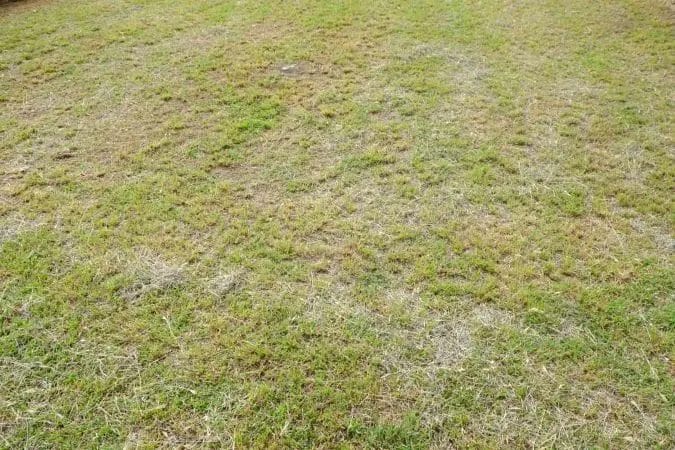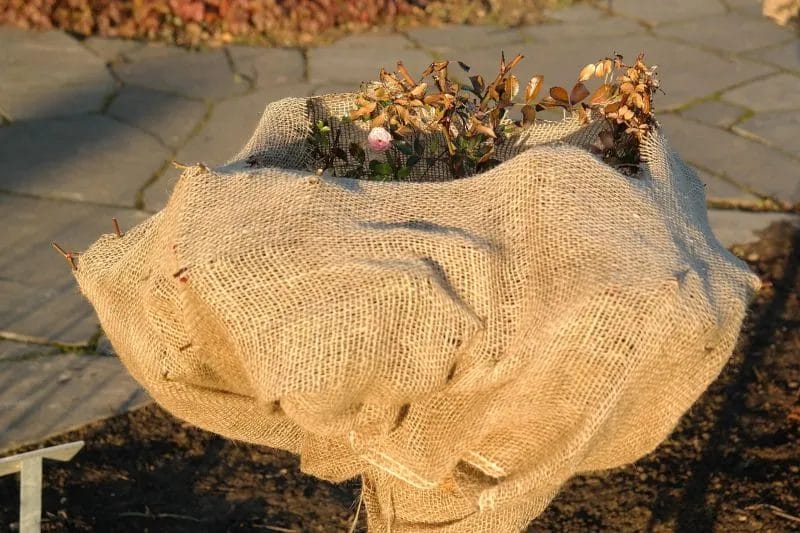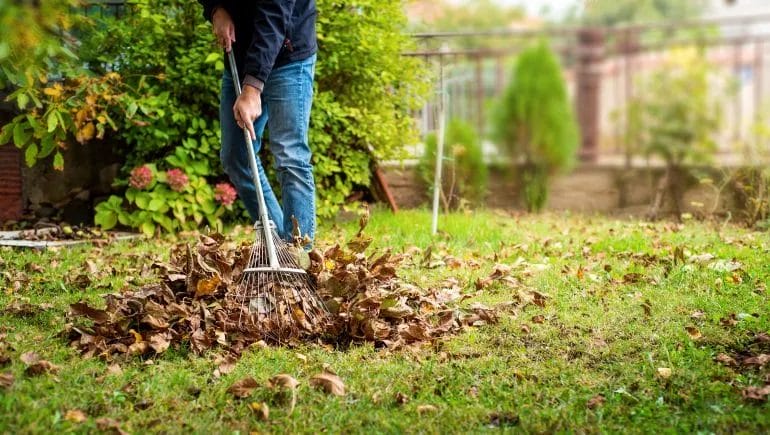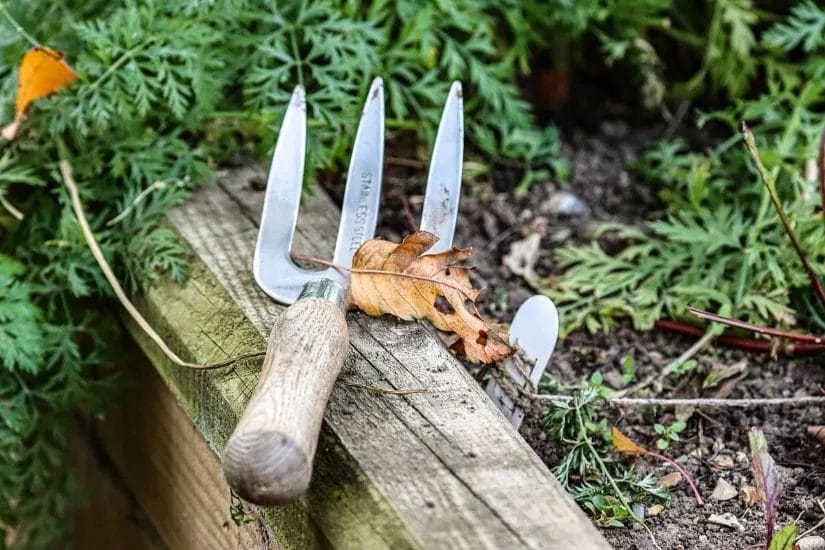
Most of your lawn’s long-term health is shaped in fall when cool soils let roots recover and store nutrients; you should use targeted fertilizer and overseeding, guided by experts like Smith Brothers Services, Smith Brothers Landscape, and Smith Brothers Tree Services, and learn why from Why Fall Fertilizer is the Most Important of the Year to ensure you set your turf up for a vigorous spring.
The Importance of Fall Lawn Care
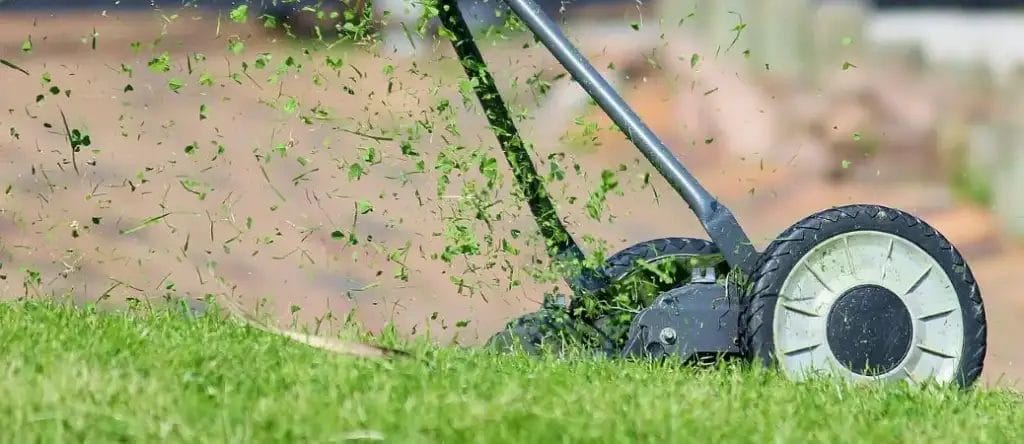
Fall is when your lawn recovers and builds reserves; cooler nights and soil temperatures between 50-65°F drive root growth, so you should aerate, overseed at 3-5 lbs per 1,000 sq ft for cool-season grass, and apply a late-season fertilizer. For a practical checklist and timing, consult Getting Your Lawn Ready for Fall: An Autumn Lawn … – Whelans, and consider hiring Smith Brothers Services or Smith Brothers Landscape, for professional execution.
Preparing for Winter
Begin by lowering mower height slightly to 2.5-3 inches for the final cut and clear leaves to prevent smothering and snow mold; you should apply 0.5-1.0 lb N per 1,000 sq ft of a slow‑release formula and water until the ground freezes, about 1 inch per week if dry. If shade or drainage is an issue, bring in Smith Brothers Tree Services or Smith Brothers Landscape, to adjust canopy and grade before the freeze.
Strengthening Grass Roots
Focus on root development with core aeration to 2-3 inches and topdress with 1/4 inch compost to improve contact; you should seed, keep soil moist for 2-3 weeks, and avoid heavy traffic for 30 days to let roots establish. Aeration paired with 0.25-0.5 inches of irrigation after seeding typically boosts establishment by 30-50% in trials.
More detail: when you core-aerate, remove plugs at 2-3 inch spacing to relieve compaction-this increases oxygen and nutrient flow and can double root mass density within 6-8 weeks under ideal conditions. If your lawn has thin areas, overseed at the recommended 3-5 lbs/1,000 sq ft and monitor soil temp; sustained daytime temps above 50°F maximize germination, and you can hire Smith Brothers Services for calibrated spreader application and post‑seeding care.
Key Fall Lawn Care Practices
You should prioritize aeration, overseeding, and a late-season fertilizer application between early September and mid-November for cool-season lawns; soil temperatures of 50-65°F are ideal for seed germination. After aeration, overseeding with 4-8 lbs per 1,000 sq ft (tall fescue) or 2-3 lbs (Kentucky bluegrass) boosts turf density, and targeted watering for 2-3 weeks secures germination. Many homeowners hire Smith Brothers Services or Smith Brothers Landscape, and consult Smith Brothers Tree Services for canopy issues that affect turf light and moisture.
Aeration
You should core-aerate to remove 2-3 inch plugs and relieve compaction, especially on clay soils or high-traffic areas; perform this every 1-3 years. Aim for 2-4 inch spacing between tines and pass in two directions for even coverage. Doing aeration when the soil is moist – not waterlogged – maximizes plug removal and creates the seed-to-soil contact overseeding needs, a service routinely offered by Smith Brothers Services.
Overseeding
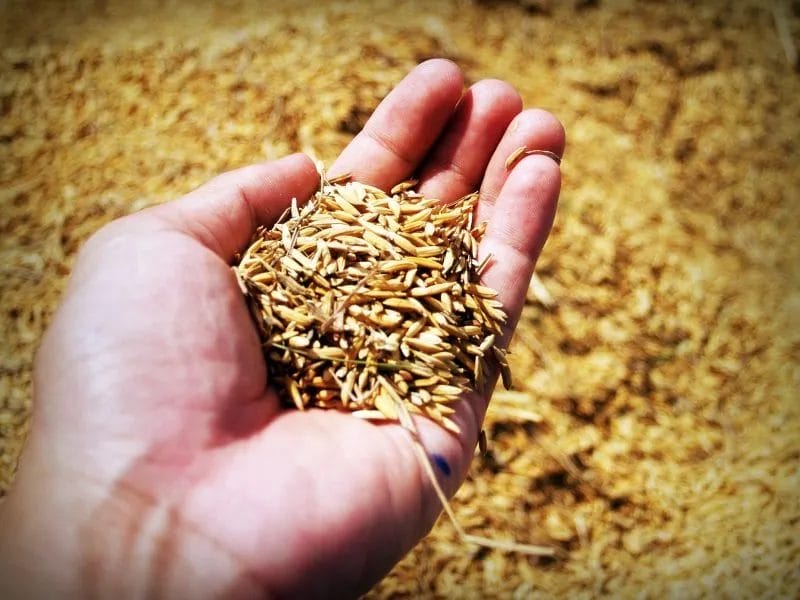
You should overseed immediately after aeration while cores are still visible to increase seed-to-soil contact; apply 4-8 lbs per 1,000 sq ft for tall fescue blends or 2-3 lbs for Kentucky bluegrass, and roll or rake lightly. Germination typically occurs in 5-21 days depending on species, so keep the surface consistently moist with light, frequent waterings and reduce frequency after 3-4 weeks. Smith Brothers Landscape, and Smith Brothers Services can tailor seed mixes to your site.
For best results, prepare a firm seedbed by breaking up large cores, spread seed evenly with a drop spreader, then top-dress with 1/8-1/4 inch of screened compost or topsoil to improve moisture retention and contact. Water 2-3 times daily for the first 10-14 days, then shift to deeper, less frequent irrigation over the next 4-6 weeks as roots establish; mow once seedlings reach 3 inches, cutting no more than one-third of blade height. Select mixes with disease-resistant cultivars and match seed to your existing turf – for example, blend 70% tall fescue with 30% perennial rye for drought tolerance – and consider a starter fertilizer with a higher phosphorus ratio to support root growth. Smith Brothers Tree Services can advise if shade or competing roots require altering your seed choice or timing.
Fertilization Strategies for Fall

Choosing the Right Fertilizer
You want a slow‑release formula that favors root development: choose a higher potassium blend and moderate nitrogen, targeting a 3:1:2 ratio such as 15-5-10 or 12-4-8 after a soil test. If pH or phosphorus is low, add amendments per test results. Local providers like Smith Brothers Landscape and Smith Brothers Services can run a soil analysis and recommend the exact brand and granule size for your turf type.
Timing Your Application
For cool‑season grasses apply two feeds: one in early fall (September) and a second 6-8 weeks later when soil temps approach 55-60°F; total fall nitrogen should be about 1-2 lb per 1,000 sq ft. Warm‑season lawns need their last feed by early September to avoid stimulating late top growth. You can ask Smith Brothers Services to tailor these windows to your microclimate.
If you’re in Zone 5 schedule the first application around Sept 10-20 and the second in mid‑November, while Zone 7 lawns shift to late August and late October. Apply granular slow‑release and water 30-50% after spreading, or use a liquid product 2-3 weeks earlier for quicker uptake. Smith Brothers Tree Services and Smith Brothers Landscape often align applications with historical frost dates so you can maximize root growth before winter.
Weed Control in Autumn
Autumn is when you can take advantage of weeds’ natural movement of carbohydrates to roots; applying post-emergent treatments in September-October often achieves far better control than spring applications, and combining that with a pre-emergent 4-6 weeks before first frost reduces winter annuals. If you prefer professional help, Smith Brothers Services can tailor timing and mixes; learn more about seasonal projects at Why Fall is the Best Time for Landscaping Projects.
Identifying Fall Weeds
You’ll see two main groups in autumn: winter annuals (henbit, chickweed) that germinate with cooling soils and perennial broadleaves (dandelion, clover) that build root reserves. Inspect your lawn for low mats, taproots, or rosettes; a 2-3 inch rosette with a woody crown usually signals a perennial that will return unless you target roots. Accurate ID lets you choose pre-emergent versus systemic post-emergent treatments and reduces unnecessary sprays.
Effective Weed Management Techniques
You should mix cultural, mechanical, and chemical tactics: dethatch and aerate to improve seed-to-soil contact, overseed thin areas with 4-6 lbs/1,000 sq ft of cool-season seed, hand-pull or remove stubborn taproots, and apply selective post-emergents to actively growing broadleaves in fall for best translocation. This integrated approach cuts weed pressure and supports a thicker turf that outcompetes weeds.
Start by mapping problem species and timing treatments-apply a knockdown herbicide or spot-treat perennials in early fall when 60-80% of translocated sugars move to roots. Use pre-emergents containing prodiamine or pendimethalin in late summer to prevent winter annual germination, then follow with overseeding and light topdressing to fill gaps. For larger projects, coordinate with Smith Brothers Landscape and Smith Brothers Tree Services to integrate shrub beds and tree canopy considerations so turf treatments don’t interfere with specialty plantings; schedule a 30-60 day follow-up to evaluate control and plan next steps.
Watering Your Lawn in Fall

As temperatures fall, you should shift to deeper, less frequent irrigation: aim for roughly 1 inch of water per week until the first hard freeze to encourage roots down to 6-8 inches. Use a rain gauge or a tuna can to measure output and pause scheduled runs after significant rainfall. Smith Brothers Services recommends checking soil moisture before running sprinklers so you avoid excess watering that invites disease and wastes resources.
Adjusting Watering Frequency
You’ll typically move from twice-weekly summer watering to once-weekly by late September in many climates; if nights stay above 60°F or soil dries faster, keep a slightly higher cadence. Measure at 2-4 inches depth: if it’s still moist, wait 7-10 days. Smart controllers or simple timer reductions (20-40% less run time) help you match shorter days and lower evapotranspiration as recommended by Smith Brothers Landscape, saving water without stressing turf.
Importance of Soil Moisture
Soil moisture at root zone depth dictates health more than surface wetness, so probe 2-4 inches down before irrigating; a moist subsurface with a dry surface often signals healthy rooting. Use a screwdriver, moisture meter, or simple probe to check resistance; Smith Brothers Tree Services integrates sensors around lawn-tree interfaces to prevent competition and over- or under-watering.
Consider soil texture when scheduling: sandy soils need smaller, more frequent doses (0.5-0.75 inch every 3-4 days) while loams and clays perform better with 0.75-1 inch once weekly to move water 6-8 inches. For application rate planning, a typical sprinkler delivering 0.5 inch per hour requires ~2 hours to apply 1 inch. You should avoid prolonged surface saturation to reduce fungal risk; syncing irrigation with probes or smart controllers, as Smith Brothers Services and Smith Brothers Landscape, suggest, gives the best balance of root growth and disease prevention.
Final Words
Presently you need fall lawn care to rebuild root reserves, control weeds and pests, and set your turf up for vigorous spring growth; rely on Smith Brothers Services, Smith Brothers Landscape, and Smith Brothers Tree Services to design targeted aeration, overseeding, fertilization and pruning plans that address your soil and species so you get measurable, long-term results.

